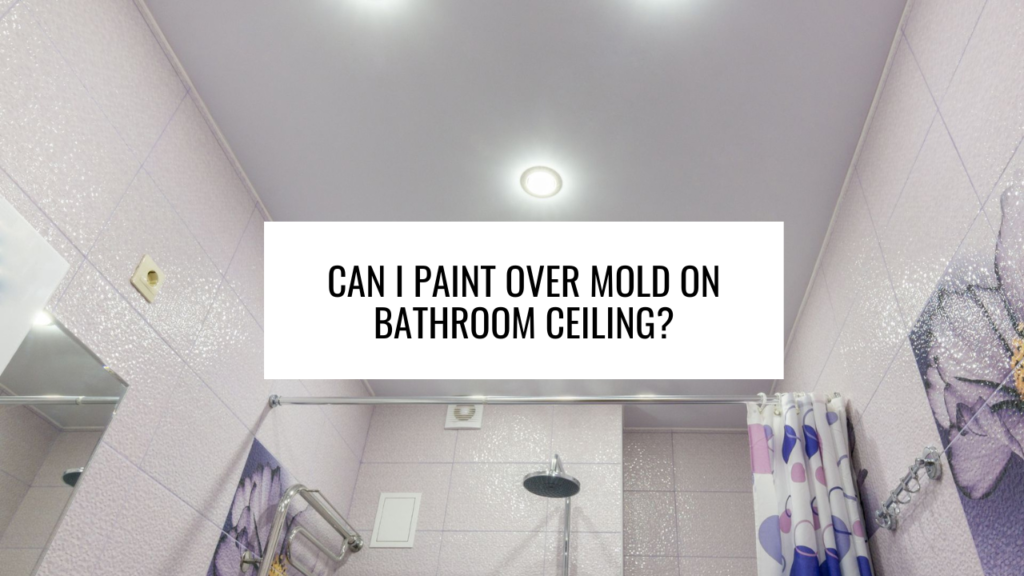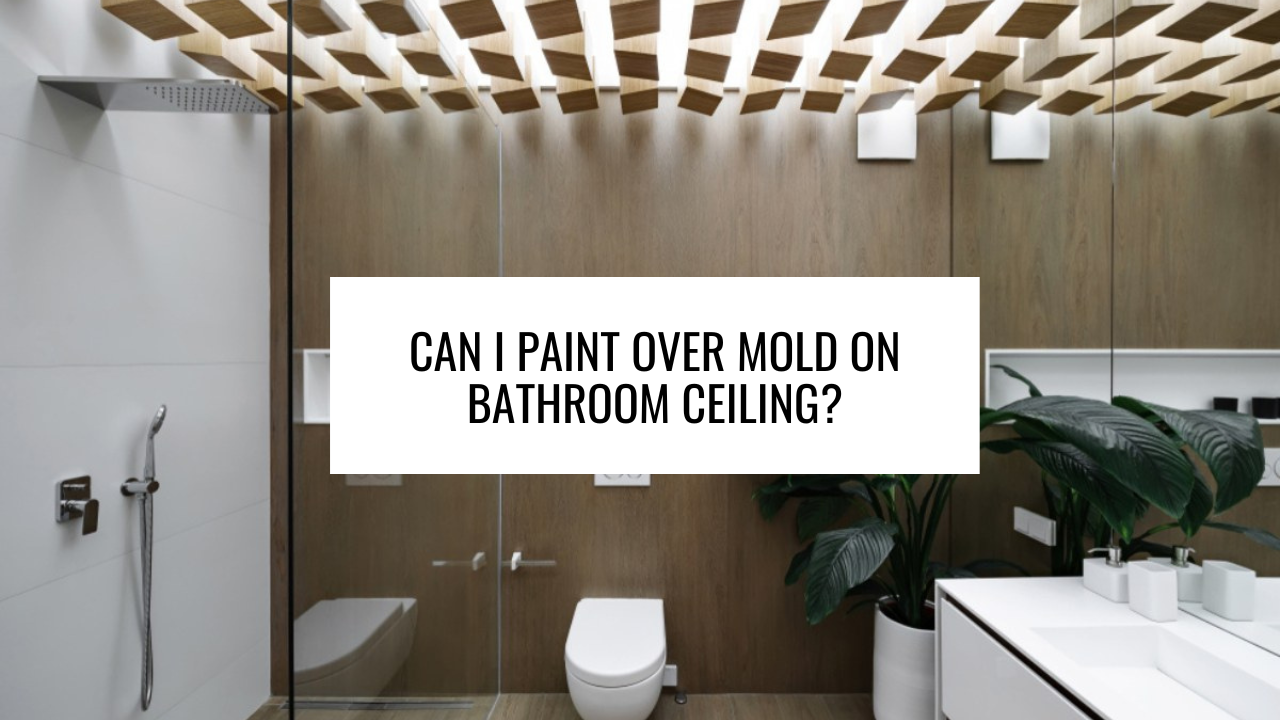When it comes to home maintenance, one of the common issues that homeowners face is the presence of mold, especially in areas with high humidity like bathrooms. A mold-infested bathroom ceiling not only looks unsightly but can also pose health risks. Many homeowners wonder if they can simply paint over mold on their bathroom ceiling to address the problem. In this blog post, we’ll explore whether this is a viable solution and provide some essential tips for dealing with mold in your bathroom.
The Dangers of Mold
Before we delve into whether you can paint over mold, it’s crucial to understand the potential dangers associated with mold growth in your home. Mold can trigger various health issues, including respiratory problems, allergies, and skin irritations. Moreover, mold can compromise the structural integrity of your home if left unchecked for an extended period.
Can You Paint Over Mold?
The short answer is no; you should not paint over mold on your bathroom ceiling. Painting over mold may temporarily hide the issue, but it won’t address the underlying problem. Mold can continue to grow beneath the paint, spreading further and causing more significant damage over time. Additionally, painting over mold can trap moisture, exacerbating the problem and potentially leading to more extensive mold infestations.
Steps to Address Mold on Your Bathroom Ceiling
- Safety First: Before tackling mold, prioritize your safety. Wear protective gear, including gloves, a mask, and eye protection. Ensure the bathroom is well-ventilated by opening windows and doors.
- Identify the Source: Mold growth is usually a sign of excess moisture. Investigate and address the source of the moisture, such as leaks in the roof or plumbing. Fixing the source is crucial to prevent mold from returning.
- Clean the Area: Remove loose or flaking paint and mold using a mixture of water and detergent. Scrub the affected area with a stiff brush or sponge. Rinse thoroughly and allow the ceiling to dry completely.
- Apply Mold Remover: Use a commercial mold remover or a homemade solution of water and vinegar or hydrogen peroxide to treat the affected area. Follow the product instructions carefully.
- Repair the Ceiling: After treating the mold, repair any damaged areas on the ceiling. Fill in cracks or holes with a suitable patching compound and sand the surface smooth.
- Prime the Surface: Apply a mold-resistant primer to the entire ceiling. This will help prevent mold from regrowing and provide a better surface for paint to adhere to.
- Paint the Ceiling: Once the primer has dried, you can paint the ceiling with a high-quality mold-resistant paint. These paints contain additives that inhibit mold growth.
- Maintain Proper Ventilation: To prevent future mold issues, ensure your bathroom is adequately ventilated. Use exhaust fans during and after showers, and consider installing a dehumidifier if needed.
Conclusion: Can I Paint Over Mold on Bathroom Ceiling?
While it might be tempting to take a shortcut and paint over mold on your bathroom ceiling, it’s not a recommended solution. Mold is a serious issue that requires proper attention and remediation to ensure the health and safety of your home. Follow the steps outlined above to effectively address mold growth in your bathroom, and remember that prevention and regular maintenance are key to keeping mold at bay. For more professional help, refer to Sarson Painting.


